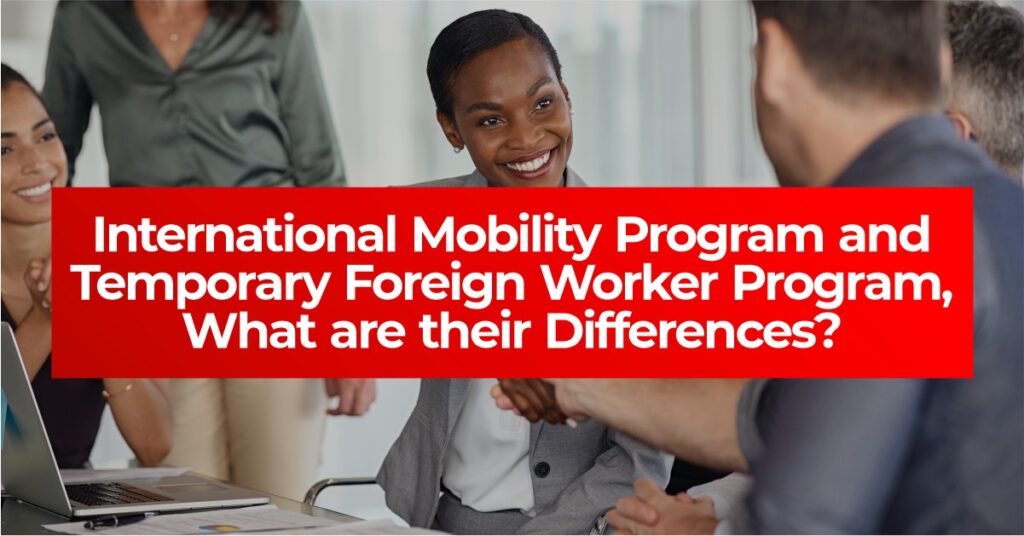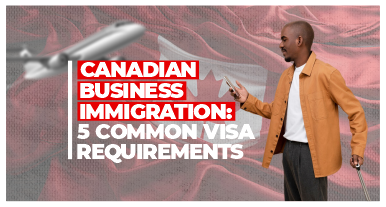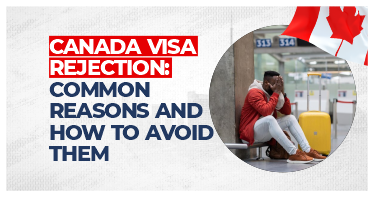We can say that TFWP seems like a stricter process as it requires a Labor Market Impact Assessment (LMIA). Its evaluation depends on market conditions. On the other hand, under IMP, foreign workers may be hired on temporary work permit without the requirement of an LMIA. The Immigration, Refugees and Citizenship in Canada (IRCC) and Employment and Social Development Canada (ESDC) are the two departments conducting assessment for obtaining an LMIA.
Below, you will see our comparison made simple between TFWP and IMP:
| Feature | Temporary Foreign Worker Program (TFWP) | International Mobility Program (IMP) |
|---|---|---|
| LMIA (Labor Market Impact Assessment) | Required | Not Required |
| Fees | Employer pays LMIA application fee of $1000 | Employer pays compliance fee of $230 except for job applicants with an open work permit, where the fee is not applicable |
| Work Permits | Closed work permit (employer-specific) | May be open or closed |
| Inspection | By Employment and Social Development Canada (ESDC) | By Immigration, Refugees, and Citizenship Canada (IRCC) |
| Basis | Labor market, filling in demands of the work sector according to occupation and region | For Canada’s economy to flourish and for cultural interests. Some are based on international reciprocal agreements (e.g., IEC, CETA, NAFTA) |
| Streaming | Based on the wage of the position offered | Occupation skill levels |
| Hiring Priority | Usually searches for Canadian workers first before searching for foreign workers | Can hire without first offering the position to Canadians |
| Transition Plan | Typically for high-wage positions | Not necessary |
| Processing | Certain occupations and top 10% wage earners have a two-week standard, any other processing can take more months | Two-week work permit processing standard |
With IMP, the employer needs to register also the job offer on the Canadian government website Employer Portal. Details on the offer must have information on the business nature and size, core activities and the main facts of the employment offer itself. Examples of these are education level, work experience and language skills. Scope of the work, salary and benefits has to be included too.
I hope we helped you understand TFWP and IMP with the overview we created. Have you decided which stream to choose on your way to Canada? Click the button below to check your eligibility today!







